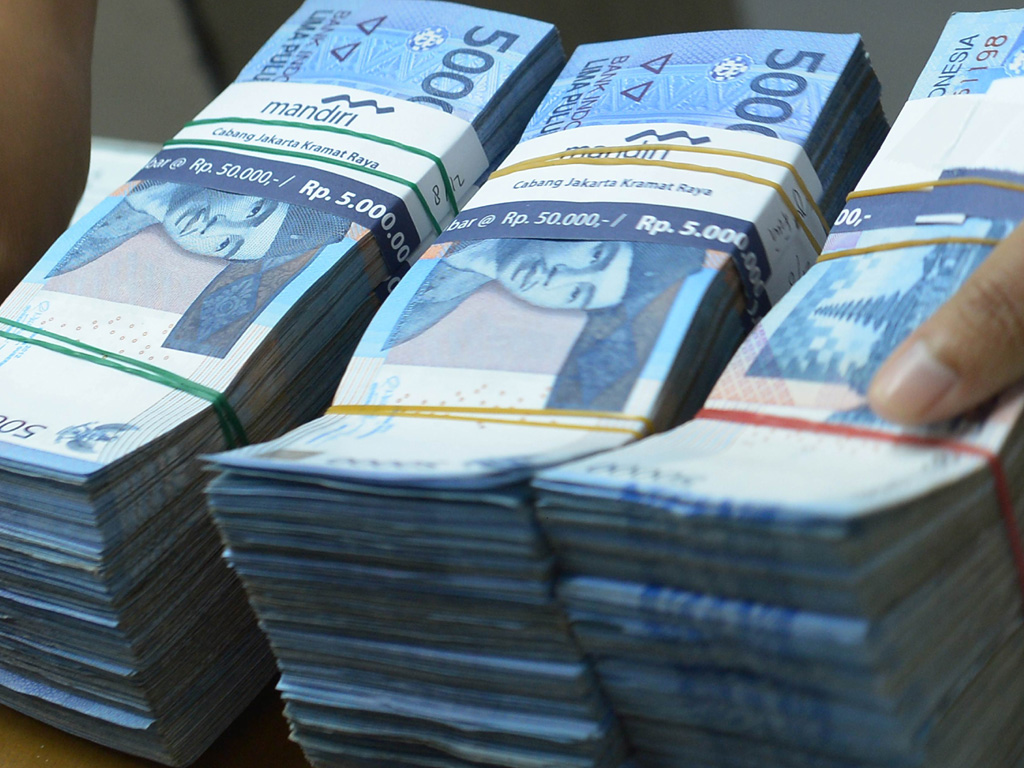 The Thai baht strengthened to a 3-1/2 month high on Monday after September's higher-than-expected inflation rate led some traders to expect higher interest rates eventually, while most other Asian units fell against the US dollar.
The Thai baht strengthened to a 3-1/2 month high on Monday after September's higher-than-expected inflation rate led some traders to expect higher interest rates eventually, while most other Asian units fell against the US dollar.
Thailand's headline consumer price index rose 1.33 percent from a year earlier, slightly above the 1.3 percent seen in a Reuters poll.
The Bank of Thailand (BOT) has not changed its key lending rate since 2015, but there have been signs that the country will later join others in Asia in following the US Federal Reserve and tightening monetary policy.
Qi Gao, FX strategist with Scotiabank, said the prospect of future Thai tightening supported the baht, although a rate hike was not expected in the near term.
The baht gained as much as 0.4 percent, reaching 32.20 to the dollar.
Regional units started the quarter on a subdued note as general resilience for the US dollar, coupled with weaker Chinese manufacturing data, weighed on Asian sentiment.
Growth in China's manufacturing sector sputtered in September as both external and domestic demand weakened, two surveys showed, implying that its trade spat with the United States may be taking a heavier toll on its economy than expected.
Scotiabank's Gao said market participants were awaiting US payroll data later in the week that should help indicate the dollar's direction.
The dollar was slightly higher after the United States and Canada reached a framework deal to update the North American Free Trade Agreement on Monday. The currency gained nearly 1 percent over the past week.
The Indian rupee shed nearly 0.5 percent to the dollar. Higher oil prices have battered the rupee, as the country imports a bulk of its crude oil needs.
The Reserve Bank of India (RBI) is likely to raise interest rates on Oct. 5 to prop up the rupee, according to a Reuters poll of economists who also trimmed their near-term economic growth forecasts.
The Philippine and Indonesian central banks had hiked their key rates last week.
The peso, rupiah and the rupee are the worst performing currencies in Asia this year.
The Philippine peso fell about 0.2 percent to the dollar for the day.
China's markets are closed for the week, for holidays, so the yuan did not trade.
The following table shows rates for Asian currencies against the dollar at 0443 GMT.





















Comments
Comments are closed.